When we talk about World UNESCO Heritage Site the name of Jesuit Block and Estancias of Cordoba comes under rare gem. This site is located in the Córdoba province in Argentina. It was built in the 17th century and was listed in the World Heritage Site in the year 2000.
Córdoba is an extremely beautiful city in Argentina that is located on the foothills nearly 700 kilometers from the capital city Buenos Aries. The city is one of the most populous as well as the largest city after the capital city of Argentina. If we could calculate precisely, the place was founded in the year 1573, 6th of July. Cordoba is nick-named La Docta which means “the learned”!
History of Jesuit Block and Estancias of Cordoba
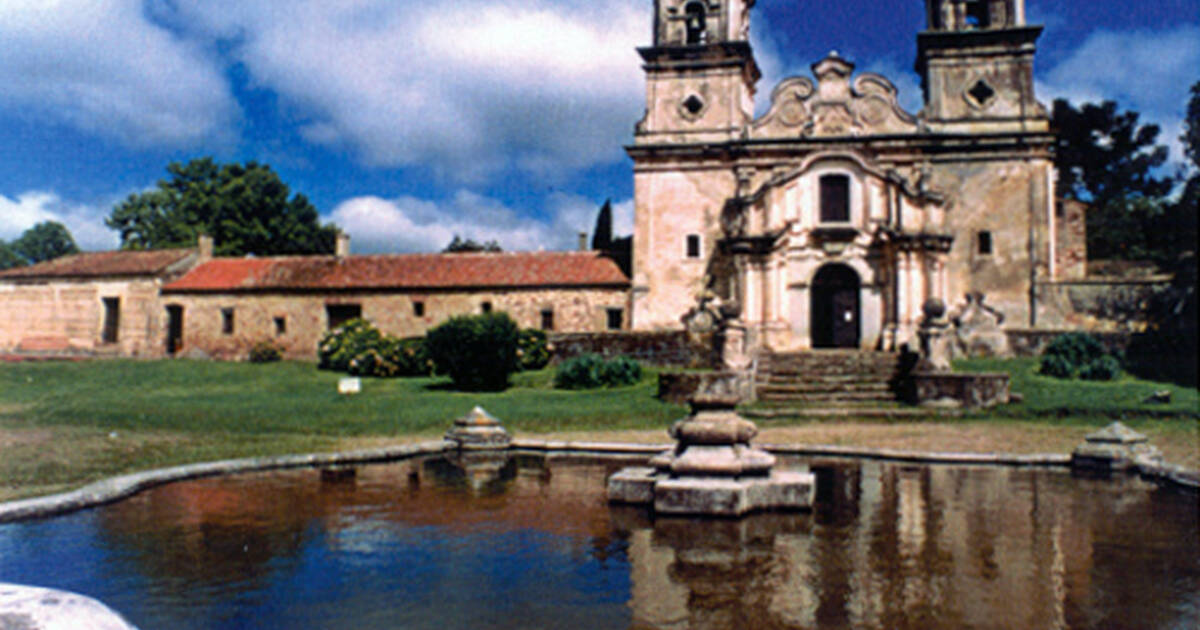
Jesuit Block and Estancias of Cordoba were built in the 17th century by King Charles third. It is a Jesuit reduction that was built by the missionaries. People arrive here to tour the area and explore the architecture and surroundings. Many other tourist attractions near the Jesuit Block and Estancias of Cordoba are worth a visit along with this trip. If visited in the past it is the first Spanish Capital which stands as the oldest city of Argentina in the modern-day.
The National University of Cordoba is located in Cordoba is close to the Jesuit Block and Estancias of Cordoba. And was founded by the Jesuit Order.
A brief outlook on the Jesuit Block and Estancias of Cordoba
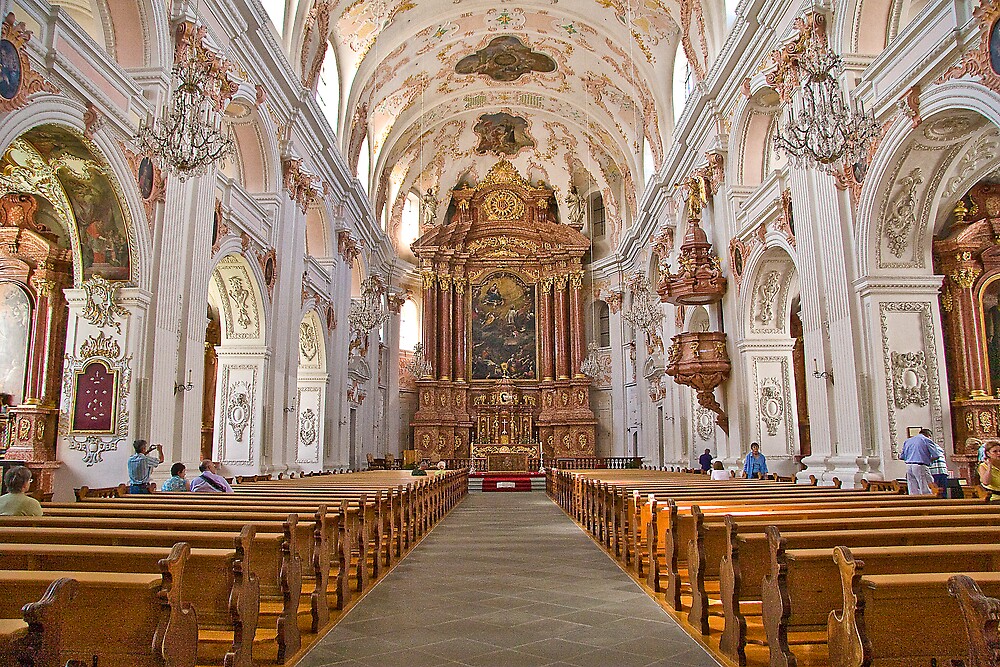
The Jesuit Block And Estancias is a assemble that consist of Jesuit block and all the other five Estancias namely Alta Gracia, Santa Catalina, Jesus Maria, La Candelaria and Caroya or can be called the rural farming sector of the Cordoba, it was almost near to the country Argentina and has been the part of the place since a long time. It is in existence since the 17th century and has been a part of the social-economical and traditional growth of the part.
The place was also a religious prominent one of the betterment of the city, the cathedrals and the church plays an important role in depicting the factor. From the start, the Jesuit block had everything right from the big buildings that consist of the church, university and other religious satire. While the other five Estonians confide in indigenous people, slaves, priest residences and chapel to their credit. Also, the area consists of the work area, farmhouse and irrigations.
The importance of Jesuit Block and Estancias of Cordoba in the past.
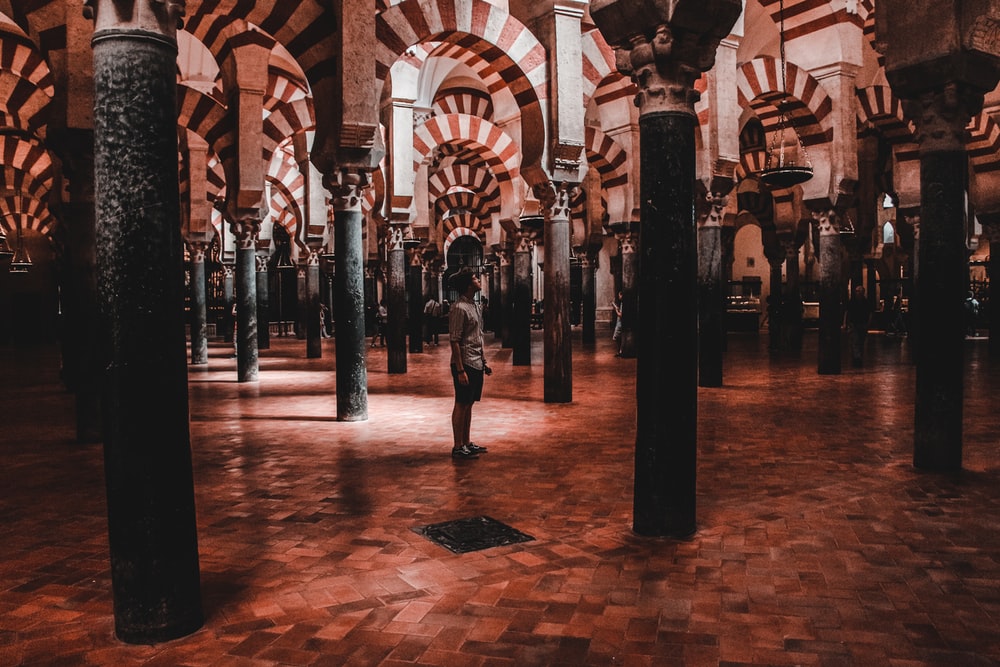
The Jesuit Block and Estancias served as the Socioeconomic and religious center of these parts of provenience. Also, the places play a pivotal role in the legal system of the city. It has been noted that the place has an amalgamation of both American and European cultures. And later on, the city architecture was predominantly focused on the European straits. While the trade and companies particularly the hydraulic was made by the American culture.
Protecting the UNESCO World Heritage Site
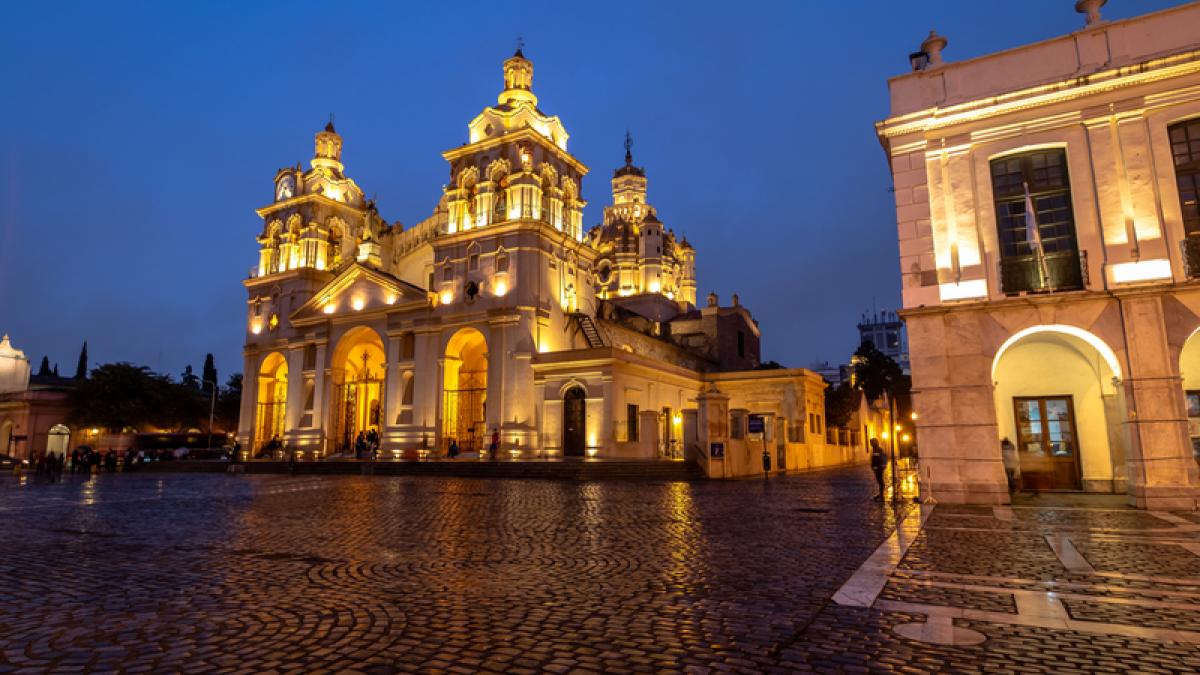
The Jesuit Block and Estancias are owned and taken care of by the federal government and other communities and bodies like the church, private owners as well as the presidential decree. Every year there has been a general management plan to protect the place and ensure the site remains intact and well preserved. Everything that falls under the property is legally looked after by the Federal level.
Road Trip of Jesuit Block and Estancias of Cordoba
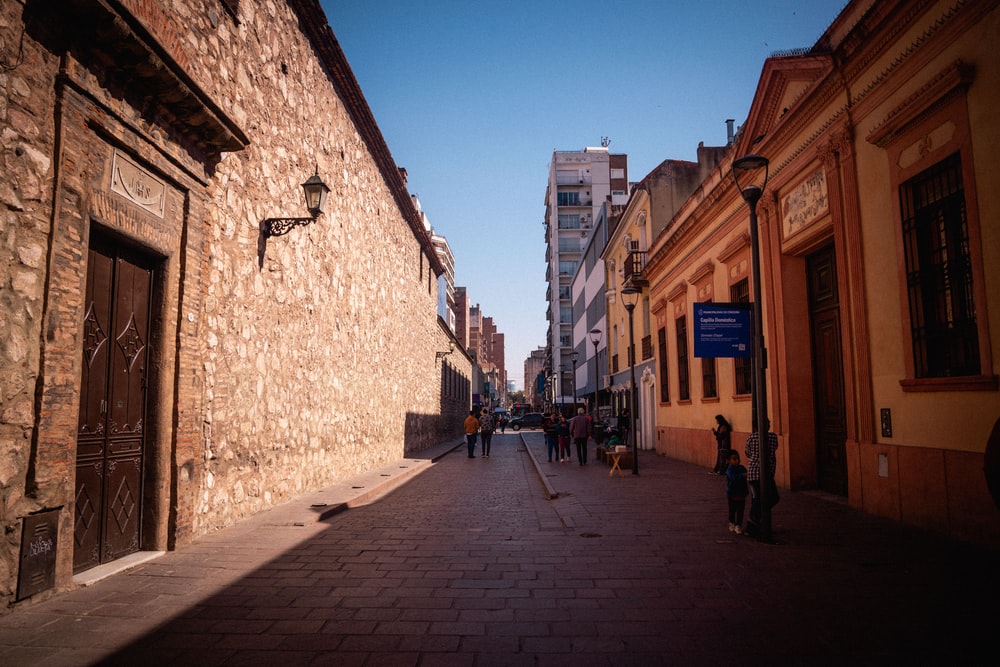
When you are in Cordoba to visit the Jesuit Block and Estancias you should take the road trip to the place, probably hire a cab or taxi. The 250-kilometer road fastens the gear and ensures you the best of the trip in your lifetime. There are nearly hundreds of churches on the way, big and small with beautiful architecture that will pull you to explore them.
How to reach the place
Tourist comes to visit this historical site around the year from all over the globe. Travelers from other parts of the country and those traveling from other countries connect to Buenos Aries airport. Another option to reach the place is via bus or train that will connect through various parts of the city. the distance from Buenos Aries to the Jesuit Block is comparatively a longer one, precisely speaking 4 to 5 hours of journey. Tourist mostly prefers to catch train or book a flight to reach the place in a hustle free manner.
World UNSECO Heritage Sites are marked to preserve and protect as they belong to historically significant parts. Also, these places are built to ensure and protect a to create an undying spirit of the particular era. The Jesuit Block and Estancias is one such structure that marks its place on the list for good reasons!

